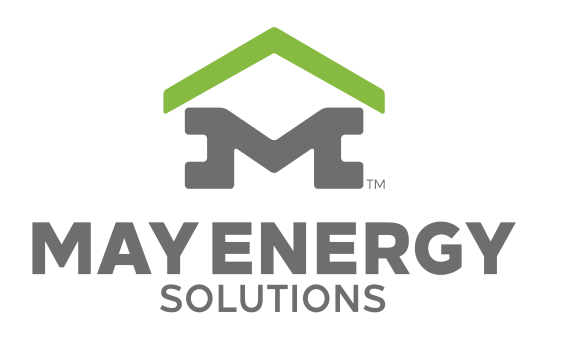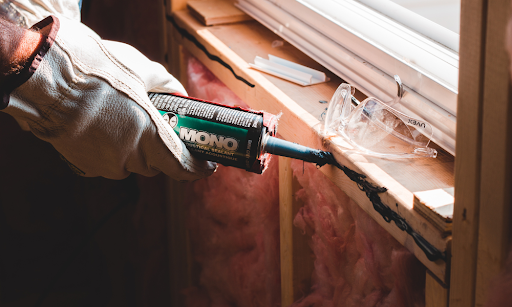When it comes to home insulation, misinformation is everywhere. From outdated construction advice and oversimplified DIY tips to misleading product claims, these persistent myths quietly cost homeowners in higher energy bills, reduced comfort, and avoidable maintenance issues. Hence, for an individual planning a renovation, tackling energy inefficiencies, or building from scratch, knowing fact from fiction becomes essential.
In this blog, we’ll debunk five of the most common insulation myths with proven insights, so you can ask the right questions while hunting for “insulation installers near me” and choose solutions that enhance energy efficiency, indoor comfort, and long-term property value.
Myth #1 – “Insulation Only Matters in Cold Climates”
This is one of the most widespread misconceptions about insulation. While it’s true that insulation helps retain heat during colder months, its role in warm and hot climates is equally critical. In areas with high summer temperatures, insulation reduces heat transfer from the outside, minimizing indoor cooling demands.
Proper insulation helps keep your HVAC system from overworking, thereby reducing both energy consumption and utility costs. Materials like foam insulation provide excellent thermal resistance (R-value), helping maintain comfortable indoor temperatures year-round.
Myth #2 – “More Insulation is Always Better”
More insulation doesn’t always mean better performance. Over-insulating can lead to moisture buildup, or even compromised air quality if not adequately balanced with ventilation. Each home has an ideal R-value, determined by its location, building type, and energy needs.
For example, adding layers of blown-in insulation to an attic already at optimal R-value won’t significantly improve efficiency but may block airflow and trap condensation. So, if you’ve searched for blown-in insulation near me or are searching for any other kind of insulation, make sure the contractor first performs a thorough assessment before recommending upgrades. Adequate insulation is about precision and placement, not just quantity.
Myth #3 – “Insulation Works the Same in Every Home”
No two homes are identical, and the performance of insulation varies based on several structural and environmental factors, including the age of the building, its layout, the materials used, and the regional climate. Older homes may have air leaks or outdated insulation types that no longer meet modern efficiency standards.
Newer builds may incorporate advanced materials, which offer air sealing and superior R-values compared to fiberglass. Choose experts who conduct thermal imaging or blower door tests. These diagnostics help tailor insulation solutions that match your home’s specific needs.
Myth #4 – “Insulation Doesn’t Need to Be Replaced”
Many homeowners assume insulation lasts forever, but the truth is that its effectiveness can deteriorate over time due to moisture damage, pest infestation, and material degradation. Fiberglass batts, for example, can sag or shift, creating gaps that let heat escape. If you’ve had a roof leak or recent remodeling, your insulation may no longer be performing at its intended R-value.
This is why homeowners are required to schedule inspections every 10 to 15 years. Professional installers can assess insulation integrity and recommend modern, more efficient upgrades that restore or even exceed original performance levels.
Myth #5 – “Radiant Barriers are Enough for Attics, No Insulation Needed”
Another common belief is that installing a radiant barrier in the attic eliminates the need for traditional insulation, but this is a costly misconception. Radiant barriers reflect radiant heat from the sun, which helps reduce attic temperatures during hot Texas summers. However, they do not stop conductive or convective heat transfer, which is where insulation comes in.
Without proper insulation, heat will still transfer through the ceiling into your living spaces, forcing your HVAC system to work harder and driving up energy bills. Combining radiant barriers with the correct type of insulation creates a more comprehensive thermal defense.
Why Professional Installation Matters
While insulation materials themselves play a crucial role in energy efficiency, how insulation is installed is just as important, if not more. Even high-quality products, such as foam insulation or blown-in insulation, can underperform if they are not correctly installed. Minor errors such as compression, uneven coverage, thermal bridging, or gaps around pipes and wiring can drastically reduce the system’s R-value and compromise your home’s entire thermal envelope.
Professional installers are trained to assess your home’s unique needs, select appropriate insulation types based on local climate, and ensure full compliance with building codes. They also utilize specialized tools, such as blower door tests and infrared imaging, to detect hidden air leaks.
When you search for “home insulation near me,” choosing seasoned professionals ensures your insulation performs as intended. Plus, many manufacturers’ warranties are only valid when the product is professionally installed.
Conclusion
Don’t let common myths stand between your home and actual energy efficiency. Understanding the facts about insulation can help you avoid costly mistakes, improve indoor comfort, and protect your HVAC system year-round. If you’re also looking for trustworthy home insulation companies in Texas, prefer the experts at May Energy Solutions. We specialize in customized insulation services tailored to homes in New Braunfels, Canyon Lake, Seguin, and San Marcos. Reach out to our experts to learn how we can help you insulate smarter and live better.

